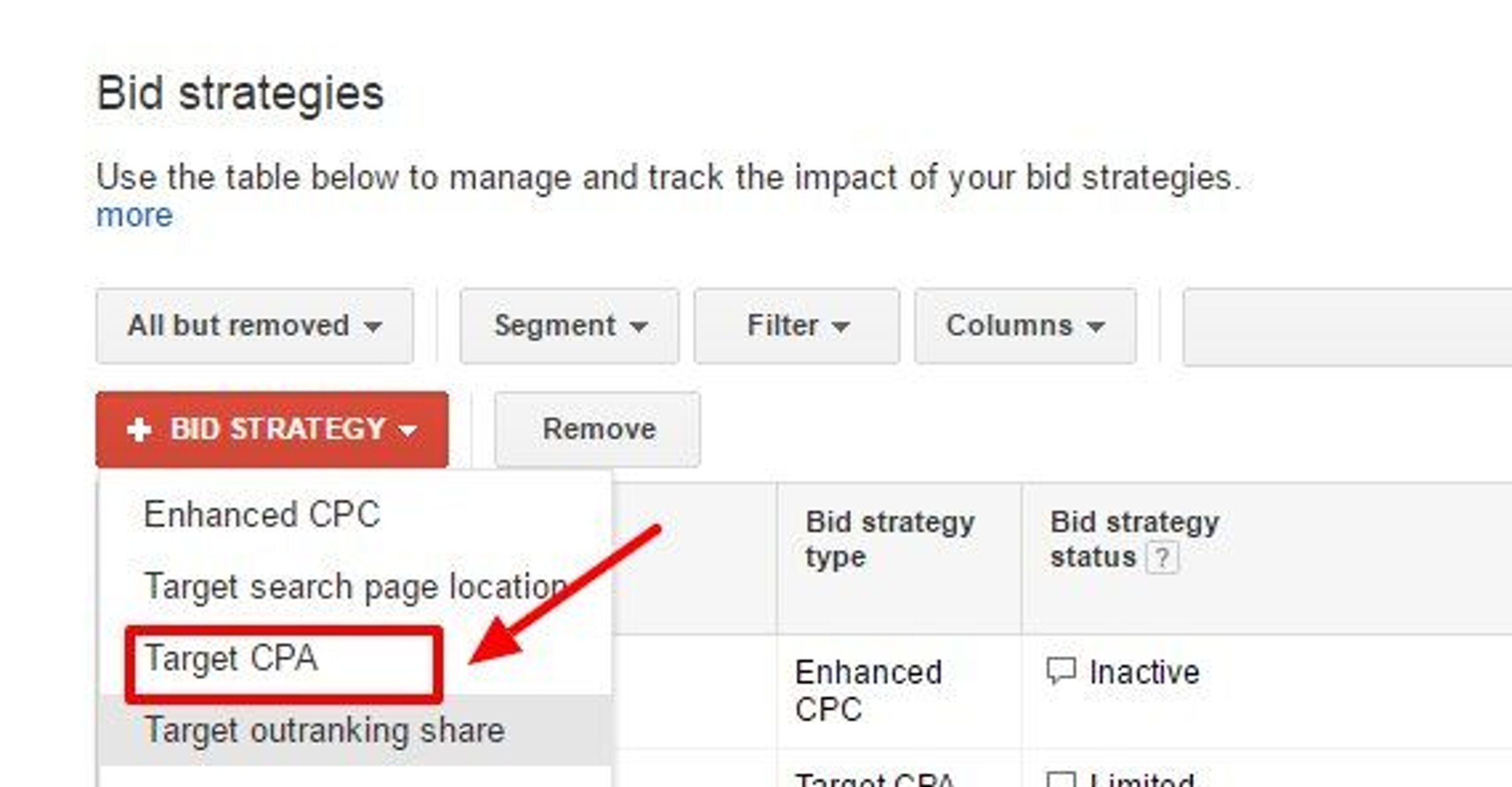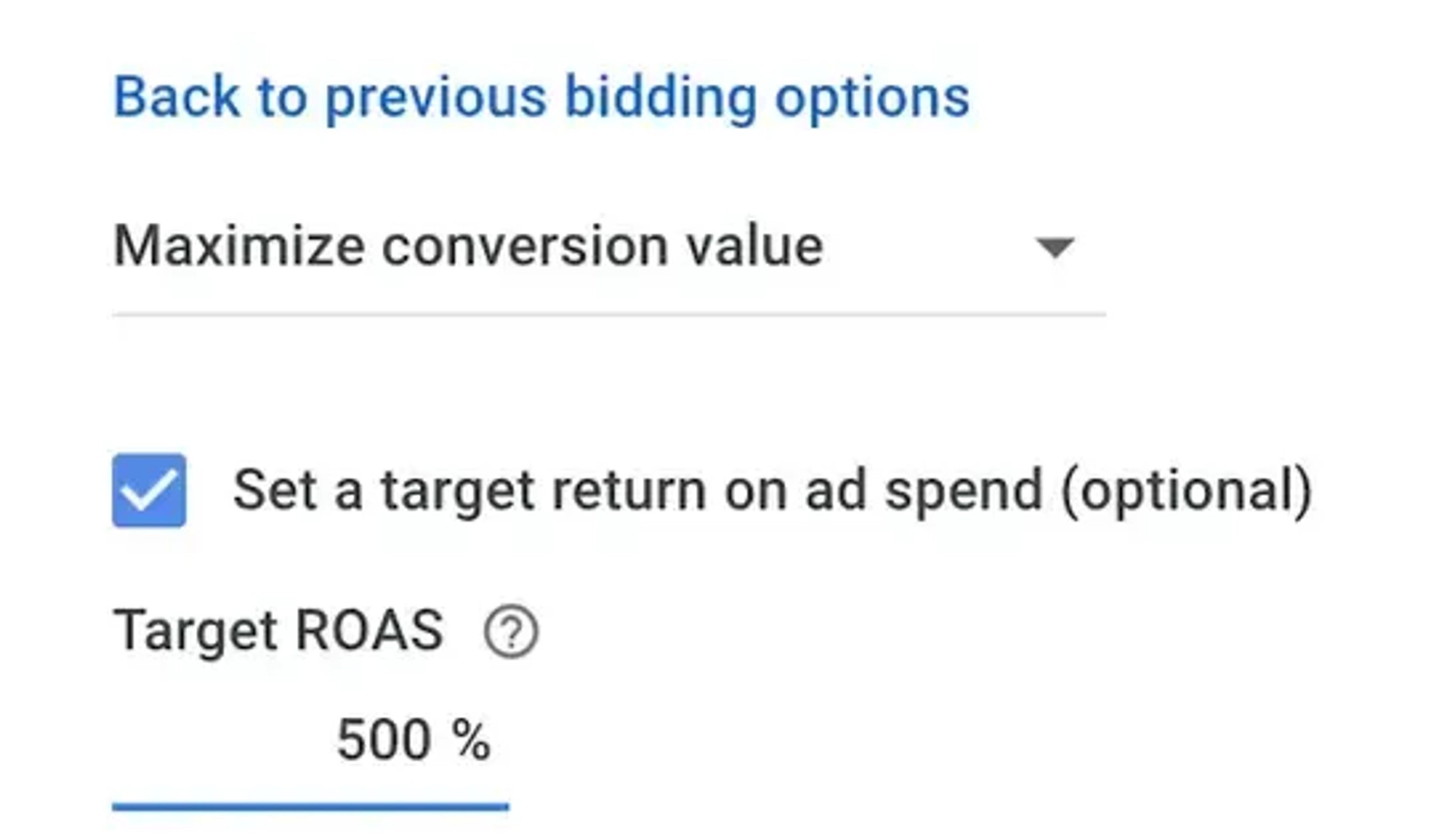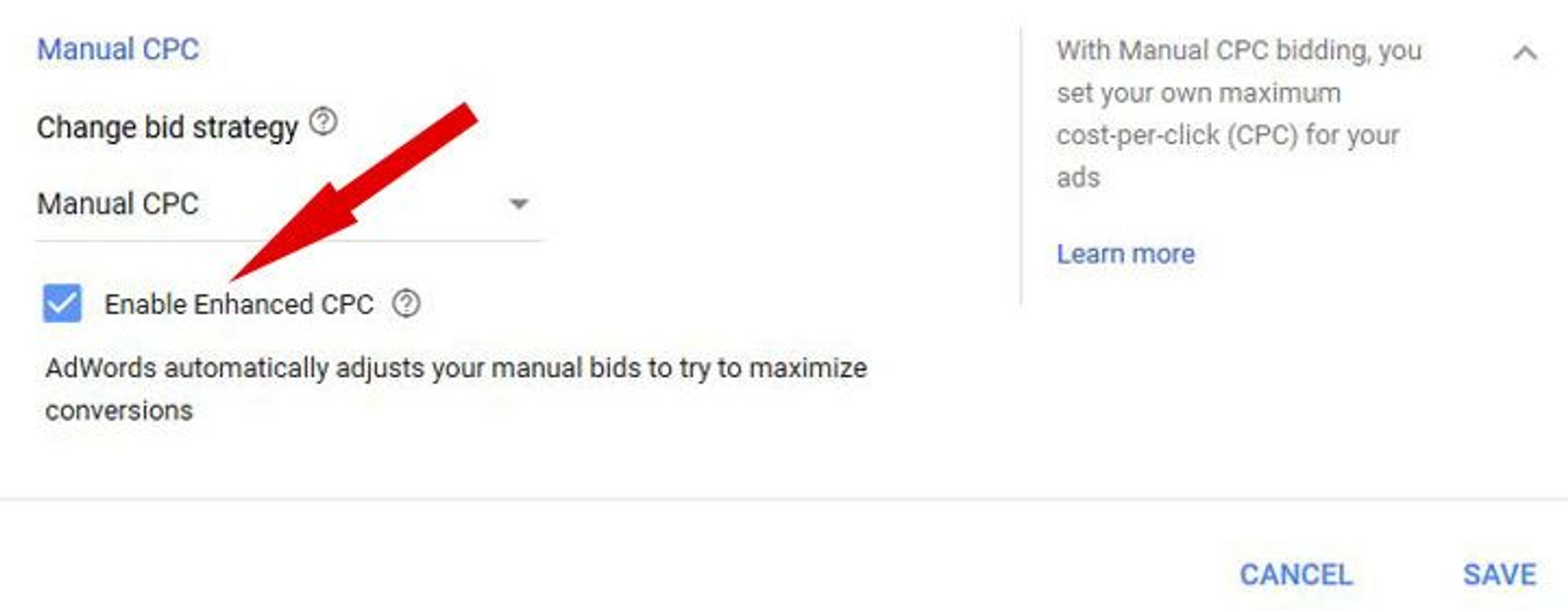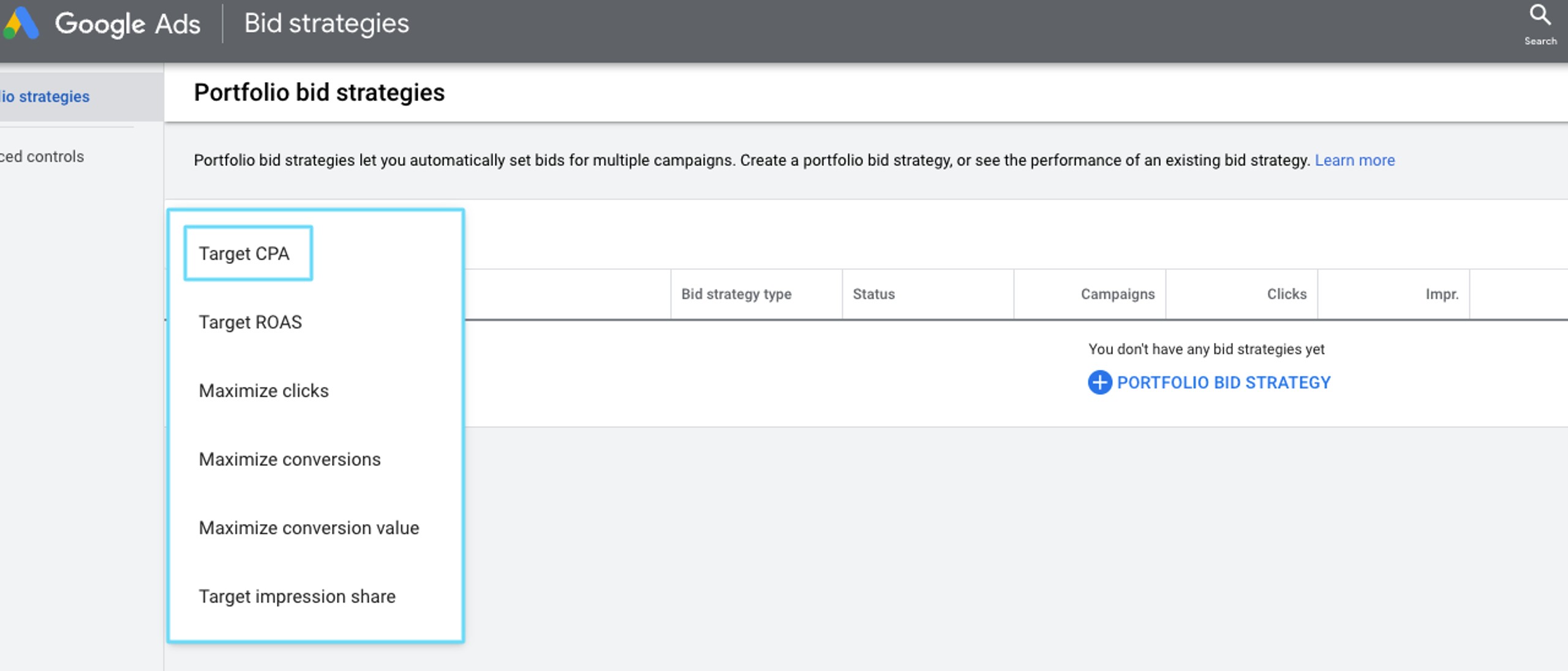Smart Bidding – Everything You Should Know of How to Maximize Conversions
Posted on 11/17/2023
Reviewed by Arnt Eriksen updated at 11/19/2023
Introduction
If you’re a business trying to make a presence online, you’ve probably come across Google’s smart bidding method. This is a subclass of automated bidding techniques that uses machine learning to optimize conversion values for PPC campaigns. It launched in May 2018.
Before using this service, you should understand everything there is to know about Google Ads bidding. This article explores bidding on the Google Ads platform, giving you comprehensive knowledge of what the service entails. Read on to also learn about the best Google Ads bidding strategies you can use to maximize conversions.
What are Google Ads?
It’s impossible to discuss the concept behind smart bids without sayis a couple of things about Google ads. These are simply advertisements that are run using Google’s platforms. By “Google’s platforms,” we specifically mean the website.
To increase brand awareness across all of Google’s platforms, businesses can sign up for Google Ads, Google’s PPC advertising platform. Google Ads can also be used to create display ads, shopping ads, YouTube ads, and more.
Here’s a little more information on the different varieties of Google ads:
1. Search Results Ads

The search ad is the most popular format for Google advertisements. It displays directly above the organic search results for queries that are related to the advertiser’s goods and services; however, Google Ads can also be used to create display ads, shopping ads, YouTube ads, and more.
2. Display Ads
In addition to the standard text advertisements, you can now conduct display campaigns on the Google Display Network. This network is a vast collection of external, third-party websites that have consented to host Google ads.
Google Display Ads come in a variety of formats, including text, images, videos, and rich media. They may be tailored in a number of ways, including by audience and retargeting.
3. Shopping Ads

There are shopping adverts on both the main Google search page and the shopping tab. Since you can’t specify keywords for these advertisements, they function differently from standard search ads.
Instead, you can keep a comprehensive database of your goods and let Google find relevant searches for you. Also, you can tell Google to avoid showing your advertising whenever a search is conducted using certain terms.
4. YouTube Ads

Google Ads are used for YouTube video ads because Google controls the platform. Advertisements can be created in the form of videos, text, or displays.
These ads are shown before and after videos as well as on other parts of the site. The targeting options for each YouTube video ad are very similar to display targeting.
What is Smart Bidding?
“Smart bidding” refers to employing a set of predetermined automated bidding tactics meant to maximize your ads’ effectiveness. It’s aimed at speeding your progress toward a specific objective.
Google Ads Smart Bidding uses machine learning to optimize for a wide variety of metrics. This includes CPA, target ROAS, more conversions, a higher conversion value, a lower CPC, etc. The machines calculate in real time as your campaign submits a bid for a specific search term.
After you’ve configured your Google Ads smart bidding settings, the system will take advantage of a “learning period.” During this time, it will observe your ads and learn from their performance. When this is complete, the data can be included in future smart bids.
An assortment of indicators (or “signals”) are taken into account to establish the optimal bid. These signals include the user’s location, device, day of the week, and time of day.
The smart bidding algorithm of Google Ads automatically sets your advertisements based on those signals. With this, it optimizes your ad campaign toward the conversion actions that are most useful to you.
Smart bidding works with simulators. These can foretell how well your ad campaigns would do if you changed your CPA or ROAS goal, allowing you to fine-tune your advertising strategy. This is yet another method you could employ to improve the efficiency of your efforts and cut down on unnecessary expenditures.
You need to have conversion tracking turned on before you can use smart bidding. With this, Google will be able to track the actions of users in response to your ads. This provides you with valuable data for determining your return on investment.
Five Google Ads Bidding Strategies
Smart Bidding strategies have evolved over time in response to changing performance objectives. In the past, if you wanted to increase conversions while staying within a certain budget, you would use the “maximize conversions” and “target CPA” methods.
Now, these two bid methods have been combined, and “Maximize conversions” has been created with an optional CPA goal. Other bid strategies are also included.
These bidding strategies are a good choice for your search ad campaigns. You should use these ad and portfolio bidding strategies if your company’s objectives involve boosting sales, leads, or return on investment from advertising.
Below are the available automated bid strategies.
- Maximize Conversions
- Target CPA
- Target ROAS
- Maximum Conversion Value
- Enhanced CPC
1. Maximize Conversions
With this bidding strategy, your bids are optimized to maximize the conversions you’ve chosen as the most important actions you want a user to take. This action could be something like filling out a form or buying a particular product.
Google reports that advertisers who automate this bidding strategy experience a 20% increase in conversions across all ad groups. That’s if the budget is adjusted to produce the same CPA.
With this bid strategy, you can bid based on a variety of unique behavioral cues. The intent-evaluating algorithms used by Google Ads take into account a wide range of behavioral indications. Then, the service will update your Google Ads campaign on a regular basis.
2. Target CPA

With Target CPA bidding, you can set a goal for how much you want to spend per conversion. Google will still try to get as many conversions as it can for your budget and stay within your target cost per acquisition CPA. According to Google, those who use target CPA bidding see an average of 31% more conversions at the same cost per conversion.
3. Target ROAS

This bidding strategy is similar to the CPA bidding strategy in that it lets you set the amount you’d like to spend. At the time of the auction, your search bids are automatically optimized, so you can make bids that are best for each auction.
The Google Ads algorithm predicts future conversions and their values based on your conversion data. For this to happen, you must leave conversion tracking enabled, as it supplies the required conversion values. Then, Google Ads will set maximum cost-per-click (max. CPC) bids to try to get an average return on ad spend (ROAS).
4. Maximum Conversion Value
Maximize conversion value, unlike target ROAS, is primarily focused on increasing conversion value and not necessarily improving ROAS. So it may be generating a greater amount of revenue. However, the additional expense results in a lesser ROAS (less actual profit).
To stop that from happening, use this strategy to set a target ROAS goal. This can help you get a better return on your investment.
5. Enhanced CPC

Many marketers might not consider enhanced CPC to be a smart bidding strategy, as it is merely a setting applied to manual bidding. However, Google does consider this a form of smart bidding. When we initiate new accounts and campaigns with manual bidding, we normally enable ECPC.
This makes sure that Google looks for ways to outbid our set bids to increase the chances of conversion. Plus, unlike other smart bidding strategies, it appears to perform better when applied to brand-new accounts or campaigns.
Instead of taking a blind leap, beginning with ECPC lets you drive conversion statistics and establish a sensible bidding strategy. Keep in mind that the more conversion data you have, the easier it will be for smart bidding algorithms to learn.
Other Bidding Options Aside from Smart Bids
Besides smart bidding strategies, you might come across other terms like “automated bidding” and “manual bidding.” If you don’t know what they mean, we’ve provided more details below, including how they differ from smart bidding strategies.
1. Automated Bidding
Automated bidding automatically adjusts your ad bids based on each ad’s expected performance. You can accomplish various objectives with automated bidding strategies.
Smart bidding falls under this category. However, while all smart bids are automated bids, not all automated ones are smart.
These bidding options aim to boost website traffic and maximize clicks as well as impressions. Automated options, whether smart or not, make it easier for you to optimize your campaigns to meet your business goals.
You can do this without having to take into account all the possible signals. Humans cannot compete with automated bidding strategies in terms of precision, speed, and efficiency.
Different Automated Bid Strategies
Aside from Google smart bidding strategies, here are other automated options:
Target Impression Share
This strategy aims to make your adverts more noticeable. When setting this up, you choose where on the page your advertisement should display. You also pick how many times you want the ad to appear on the page.
This option is not intended to increase conversions. However, accounts that struggle with impression share also tend to have low conversion rates.
Therefore, when impression share is particularly low and conversion rates are also low, it may be a good idea to try to increase IS. The conversion rates could be a secondary option.
You’ll need to set a reasonable impression share goal based on your average impression share over the past 30 days. Then, you can work on improving it over time.
Maximize Clicks
This method uses your budget to get you as many clicks as possible (increase website traffic). With Maximize Clicks, you can set a bid ceiling or maximum CPC bid. This is the same as saying that you don’t want to pay more than X$ for a click.
It’s a smart option to start with for new campaigns that don’t yet have enough conversion data to achieve their maximum conversions. Another good thing about this strategy is that it has a shorter learning period since clicks are easier to get than conversions.
2. Manual Bidding

Just like it sounds, the manual bidding strategy requires you to do some work by hand. You decide how much you’re willing to pay per click (CPC) for each of your keywords. However, automated or google smart bidding strategies set the CPC for you.
The benefit is that you have more control. On the flip side, you spend too much time and money trying to figure out when, where, and how to bid. Also, you can’t make smart bidding-style strategic decisions in the moment during an auction.
Why Should You Use Smart Bidding Strategies?
The effort and time you save by using this option for your Google ads are due to these four key factors:
- Advanced machine learning
- Customizable performance controls
- Comprehensive contextual signals
- Performance reports
1. Advanced Machine Learning
In smart bidding, machine learning algorithms are trained on enormous amounts of data to help you make more accurate predictions. These predictions are regarding the impact of different bid amounts on conversions or conversion value.
The algorithms incorporate a greater number of performance-influencing parameters than a single individual or team could compute.
2. Performance Reports
Smart Bidding’s reporting features allow you to gain a more in-depth understanding of your bidding performance. Thus, you can swiftly resolve any difficulties that may arise. The following are the benefits of this option
- Regular reports for your bidding strategies so you can assess their efficiency.
- Learn the inner workings of your bidding with the help of in-depth status updates on your bid strategy.
- You can quickly compare the efficiency of Smart Bidding to that of your current bidding approach by using the Search and Display campaign mockups and tests.
- Ad performance simulators can tell you how your advertising would have fared with different CPA, ROAS and budgets. It also provides other crucial metrics for if you had run them in a different way.
- Notifications and alerts that highlight problems with conversion tracking and provide clear instructions for resolving them.
3. Customizable Performance Controls
Smart Bidding enables you to establish performance goals and tailor settings to your own business objectives. You can optimize ads according to your chosen attribution model, which may include data-driven attribution.
Target CPA bidding allows you to establish device-specific performance goals for mobile, desktop, and tablets. You can also utilize integrated steering features to maintain a unique bidding strategy.
4. Comprehensive Contextual Signals
With auction-time bidding, you use different signals to optimize your bids. Signals are observable characteristics of a person’s environment at the time of an auction. This includes manual bid modifications like device and location, in addition to those that are only available with smart bidding.
Advantages and Disadvantages of Smart Bidding
Google Ads bidding strategies are a great option for your growing business. However, there are still a few downsides to using the service. Below are the pros and cons of using smart bid strategies.
Pros
Superior Machine Learning: The algorithms are always learning and improving by analyzing both current and past data. This way, they can advise you on the best strategies to achieve conversions within your budget.
Auction time bidding: During the auction, you can let smart bidding do the work for you so you can focus on other aspects of your business. For each individual auction, it evaluates a large number of signals. It does this to ensure the highest number of conversions that matter to you the most.
Quicker and more productive: When you’re running a business, every minute counts since you have other goals and responsibilities to meet. It’s true that you can carve out time to manage your SEM advertising. Still, you can’t compete with smart bidding’s efficiency.
Cons
Less Control: While it’s great that smart bidding can handle certain aspects of your campaigns for you, you lose some say in how they’re run. Smart bidding handles some of the decision-making for you. Still, you should regularly review your keywords and search terms and add any relevant details to your list.
It’s easy to forget to make necessary adjustments: If you’re a business owner handling everything on your own, time can fly by while your campaigns are managed by Google’s smart algorithms. Though smart, remember that they’re still automated and act based on the information they gather. So it’s still important to keep an eye on account activity and make any necessary changes to make sure everything works well.
Learning period: There’s the “learning period,” and it’s expected to last roughly a week. The problem is that each campaign is unique, so the process may take more time than expected. If it’s a brand-new account, it could take up to ten days. A lower wait time is possible if you have a sizable quantity of conversion data saved ahead of time.
Tips To Maximizing Your Smart Bidding Strategy
Here are some tips that can help you make the most of your smart bidding strategy:
1. Choose the Right Bid Strategy
After setting up conversion tracking, you should think about what you want to achieve before picking a bidding strategy. Are you trying to get a specific return on ad spend, or do you want to increase conversions?
Once you have your goals in mind, picking a bidding strategy becomes easier. For instance, Maximum Conversions gives you the most conversions for your entire budget.
Target CPA is a viable option if you don’t have any financial restraints. If your campaign already has enough conversions and you want to increase your ROI, then target ROAS may be the way to go.
2. Be Patient
When working with smart bidding, patience is vital. Make sure to give your automated bidding strategy enough time to work before doing a thorough performance evaluation.
Algorithms used in smart bidding typically require one week of learning time. However, the length of time you must wait depends on the availability of conversion data and the conversion delay.
Check the report on your bid strategy to determine how many days remain in your learning time. Don’t make too many adjustments to your campaign during this period.
You should let your campaign continue for a few more weeks after the initial learning phase is complete. Then, determine the average lag time for conversions.
3. Continue Optimizing
You’ll save a great deal of time by no longer manually bidding. Utilize this time to become more strategic regarding optimization. For example, you can change your ad copy and improve your landing page. All of these modifications will improve the performance of an automated bidding algorithm.
4. Use a Portfolio Bidding Strategy
To get the best possible result, use a portfolio bid strategy. For instance, you might develop a single TCPA bid strategy that is used by all of your campaigns instead of using several TCPA bid strategies for each one. This is a good option if your campaigns all have the same CPA goals.
How to Create a Portfolio Bidding Strategy
If each campaign has the same CPA goal, you can give the algorithm a little boost by using a portfolio bidding strategy. Follow these steps to get started:
1. Visit the Shared Library

At the top right of the Google Ads menu, select the “Tools and Settings” option. Search for the “Search Library” option and choose “Bid Strategies.”
2. Make a New Portfolio Building Strategy

To make a new portfolio bid strategy, click on the blue “+” button. Then, choose which plan you want to use. For this illustration, we will choose the target CPA.
3. Complete Your Settings

Enter the strategy’s name and choose the campaigns you want to use it with. You can skip this step if your campaigns aren’t complete.
Then, choose your CPA goal. The last step is to click “Advanced Settings.” Here is where you can set a maximum CPC limit, which can be a huge help when using the tCPA strategy to control costs.
Understanding Bid Adjustments
Bid adjustment refers to a change in the bid amount by a specified percentage. By adjusting your bid, you can control how often your ad appears in response to users’ location, time of day, and specific search terms. Additionally, you can enhance your return on investment by adjusting your bids according to how well your ads work.
Your average daily budget won’t change. However, the amount you spend on each click may change as your bids go up or down based on the changes you make.
Conclusion
If you’re currently using manual bidding, you know that keeping track of your offers can take up more time than you’d like. After reading this, you should feel much more informed about automated and smart bidding, its inner workings, pros, and downsides. You also now know a few helpful tips that could help you make the most of your bid strategy.
Employing these strategies is simple. However, remember that the bidding method you choose should be determined by what you want to achieve. And if you want to achieve more, consider getting a free audit from true masters of their craft.
